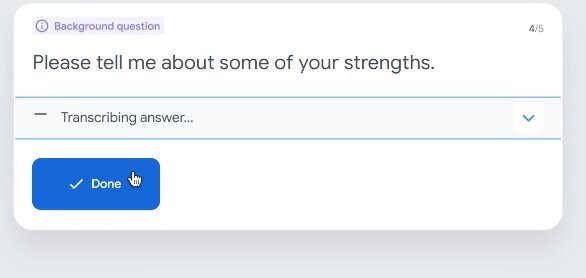
7 Ways Chatbots Improve Life - insideAI News
Our friends over at Yellow.ai have put together a list of 7 ways that Chatbots are being used to engage, analyze, and ultimately satisfy the end user, customer and employee for today’s forward thinking companies. Gartner research predicts that by 2026, the chatbot industry will grow into an...
Immersive training is becoming increasingly common. Using VR/AR headset technology in conjunction with Advanced Virtual Assistants can be an effective tool for onboarding and welcoming new employees to a company and can tailor training to focus on relevant skills development efficiently to quickly get people up to speed with a tailored approach.

Immersive Learning - What it is, Benefits and How to Implement - Future Visual
Could immersive learning not only hold the key to addressing the challenges of the digital age, but significantly improve education and skills development by harnessing the power of technologies such as virtual, augmented and mixed reality?
Augmented Reality
Rather than blocking out the real world, augmented reality blends it with digital content. Digital assets can take many shapes and forms, so it can be flat and 2D, which is great for instructional information, or be more complex and ‘real’ in 3D. Content can be triggered by specific objects or geographical places. Mobile devices, such as smartphones and tablets allow the learner to access content, making it easily accessible. Widely recognised examples include Pokémon Go and Snapchat filters.

The Strange, Nervous Rise of the Therapist Chatbot
Your next mental health checkup might be with a therapist who lacks a human touch.
“If you talk to me a decade from now, I think most of the chatbots will be generative,” said Jacobson. “And that’s because the experience is more human-like.”
For now, most chatbots are “structured”—every response is predetermined and triggered by if-then situations. Many also include a point-and-click experience: The chatbot may ask you about your mood, provide some options, then offer advice based on how you respond.
The hope is that generative chatbots will enable more dynamic, human-like conversation by comparison...
“The question that I’m thinking about when I do my work is not whether or not this can replace clinicians—which I think will never be the case,” Jacobson says. “But is it better than nothing? Yes. This is a highly accessible way of enhancing the scale and impact of evidence-based treatments.”
Last edited:




 (1937):
(1937):























